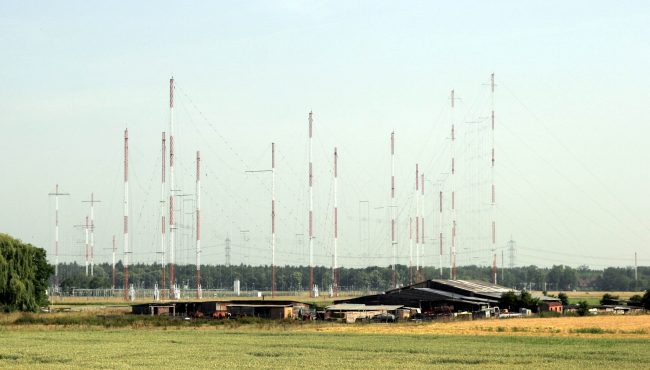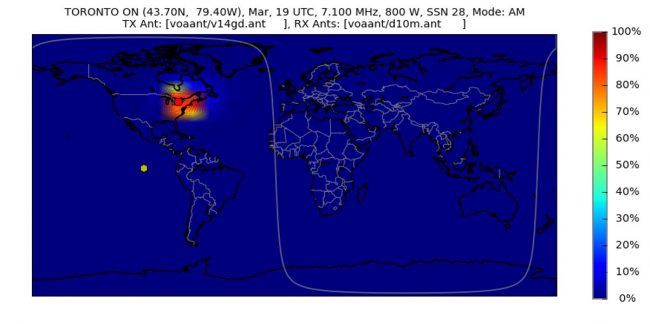I was talking to a friend from Russia about history, my job, and various other things that are going on in my life. I received this reply, which I thought was interesting on a number of levels:
I’m glad we are on the same page about the era of the ‘cold war’. We were interested in your life even more than you in ours. We had almost no sources of information except for ‘The morning star’ which is a newspaper of the Communist party of Great Britain. The Voice of America and the Liberty (or Freedom, I have no clue because for us it was ‘RADIO SVOBODA’) were extremely hard to tune on. All foreign broadcasts were jammed. So to listen to the station you should maximize the volume up to the limit which was dangerous. Soviet houses are not at all soundproof and your neighbors could easily rat on you. Since that time I’d been dreaming of a small radio with could receive a clear signal from abroad. Of course we have the Internet broadcasting now but they often use old recording instead of live air and the signal depends on your data carrier. You should be online, you should have an app and unlimited data on your contract, your phone should be charged all the time. Too many conditions. Unfortunately a lot of foreign sites are banned here and the trend is to make this number bigger and bigger.
I find that perspective interesting. We take for granted our ability to listen to information and listen to different points of view, even those we don’t agree with. There are still trouble spots in the world and some people are not as fortunate. It is very easy to block internet traffic and there are several countries that currently block access to some or all of the internet, for the safety of their citizens, no doubt. Ideas are dangerous.

In the last ten to fifteen years, many large government shortwave broadcasters have reduced or eliminated their programming favoring an internet distribution model. This is a mistake. It is very difficult to successfully jam terrestrial radio broadcasts. Shortwave Facilities are expensive to develop and maintain, there is no doubt about that. However, as the Chief Engineer from Radio Australia (ABC) once told me “HF will get through when nothing else will.” Ironically, ABC has eliminated its HF service on January 31, 2017.
It seems to me that a sort of “Shortwave Lite” version of broadcasting might be the answer. Use more efficient transmitters with lower power levels closer in to the target areas. Such transmitters could be coupled to rotatable log periodic antennas to target several listening areas with one system, thus greatly reducing the number of towers and land required. Solid-state transmitters with a power of 10-50 KW are much, much more efficient than their tube-type brethren.
DRM30 (Digital Radio Mondiale) has not gained widespread use in the MF and HF bands. Like its HD Radio counterpart, the lack of receivers seems to be one of the adoption issues. As of 2017, there are only four DRM30-capable receivers for sale not counting software plug-ins for various SDRs. That is a shame because my experience with DRM30 reception has been pretty good. I have used a WinRadio G303i with DRM plug-in, which set me back $40.00 for the license key (hint for those nice folks at the DRM consortium; licensing fees tend to quash widespread interest and adoption).

Finally, I have advocated before and still advocate for some type of domestic shortwave service. Right now, I am listening to CFRX Toronto on 6070 KHz. That station has a transmitter power output of 1 KW into a 117-degree tower (approximately 50 feet tall) using a modified Armstrong X1000B AM transmitter netting a 15-32 µV received signal strength some 300 miles away. That is a listenable signal, especially if there is no other source of information available. The average approximate coverage area for that station is 280,000 square miles (725,000 square kilometers). That is a fairly low overhead operation for a fairly large coverage area. Perhaps existing licensed shortwave broadcasters should be allowed to operate such facilities in domestic service.
The point is before we pull the plug on the last shortwave transmitter, we should carefully consider what we are giving up.
